Home>Garden Essentials>How Do Plants Disperse Their Seeds
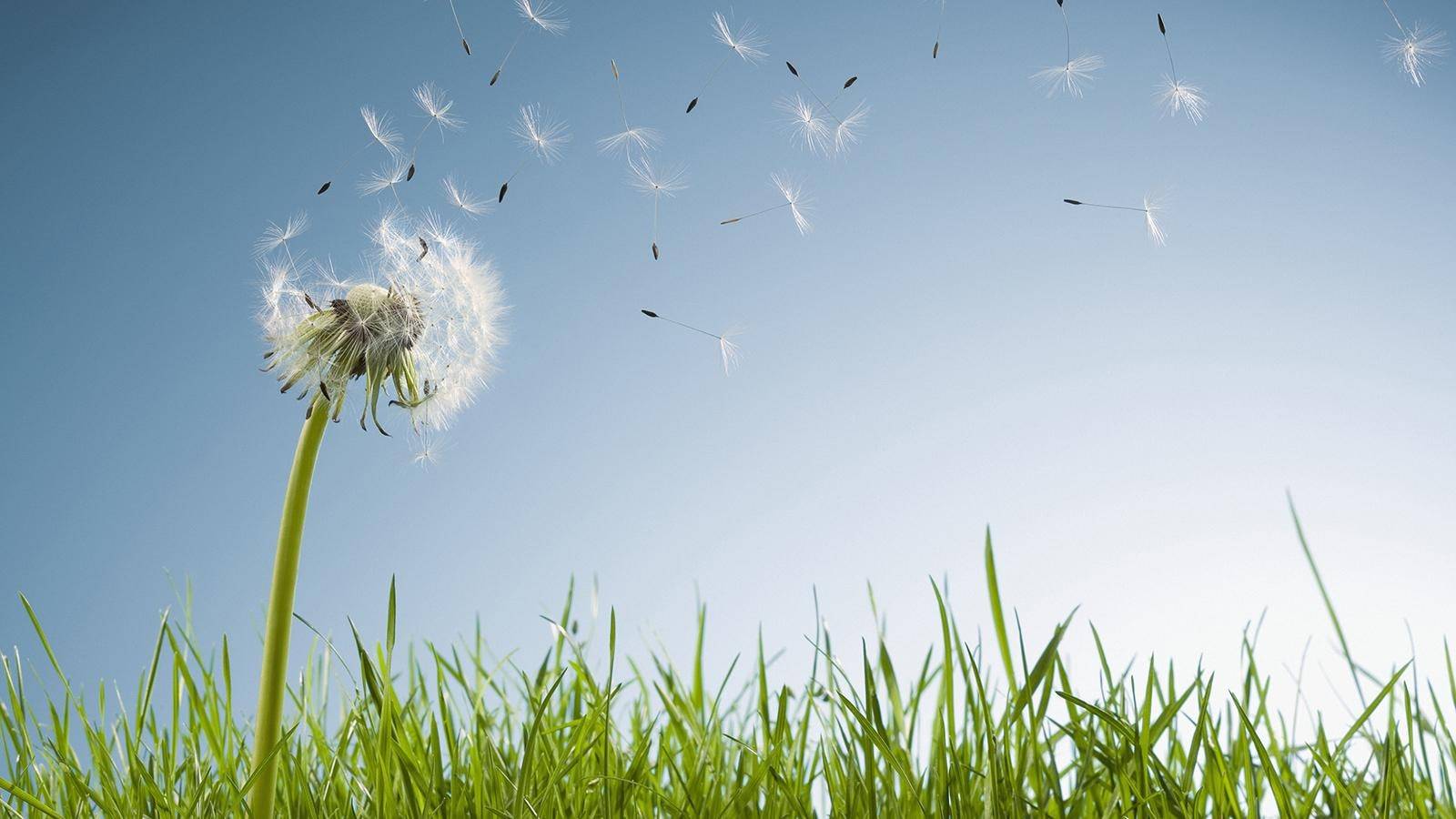

Garden Essentials
How Do Plants Disperse Their Seeds
Modified: August 27, 2024
Learn how garden plants disperse their seeds and discover different methods of seed dispersal including wind, animals, and water. Enhance your gardening knowledge now!
(Many of the links in this article redirect to a specific reviewed product. Your purchase of these products through affiliate links helps to generate commission for Storables.com, at no extra cost. Learn more)
Introduction
Plants are incredible organisms that have evolved various mechanisms to ensure the survival and reproduction of their species. One of the essential processes in the life cycle of plants is seed dispersal. This process refers to the movement of seeds away from the parent plant to new locations. Seed dispersal is crucial for maintaining genetic diversity, colonizing new habitats, and avoiding competition with the parent plant.
In nature, plants have developed innovative methods to disperse their seeds effectively. These methods can be categorized into five main types: wind dispersal, animal dispersal, self-dispersal, water dispersal, and even human dispersal. Each method has evolved to take advantage of specific environmental conditions and interactions with other organisms.
In this article, we will explore the fascinating ways in which plants disperse their seeds and delve into the mechanisms behind each method. By understanding the methods of seed dispersal, we can gain a deeper appreciation for the intricate strategies plants employ to survive and thrive in their environments.
So, let’s embark on a journey through the botanical world and uncover the remarkable ways in which plants spread their seeds to new territories.
Key Takeaways:
- Plants use wind, animals, self, water, and even humans to spread their seeds. Each method has unique adaptations, helping plants thrive and colonize new habitats.
- By understanding how plants disperse their seeds, we can appreciate the intricate strategies they use to survive and thrive in their environments, and our role in preserving their diversity.
Read more: How Are Seeds Dispersed
Method 1: Wind Dispersal
One of the most common methods of seed dispersal employed by plants is wind dispersal. This method allows seeds to travel long distances, taking advantage of air currents to reach new areas for colonization. Plants that utilize wind dispersal have unique adaptations to ensure their seeds are lightweight and equipped with structures that facilitate their aerial journey.
One adaptation seen in wind-dispersed plants is the presence of specialized structures called wings or plumes. These structures increase the surface area of the seed, allowing it to catch the wind and be carried away. Maple trees are a classic example of wind-dispersed plants, with their characteristic “helicopter” seeds that spin as they fall, enabling them to be carried far from the parent tree.
Another common adaptation seen in wind-dispersed plants is the production of numerous small seeds. These seeds are often lightweight and have structures like hairs or bristles that aid in wind dispersal. Dandelions are a familiar example, with their fluffy “parachutes” that carry their seeds through the air. As the wind blows, these lightweight seeds are effortlessly carried away, spreading the dandelion’s offspring far and wide.
Plants that rely on wind dispersal often produce an abundance of seeds to increase the chances of successful colonization. Additionally, these plants usually have mechanisms in place to ensure that the seeds are lifted high off the ground, where wind currents are stronger and more likely to carry them over long distances.
While wind dispersal is an efficient method for spreading seeds, it is not without its challenges. Wind patterns can be unpredictable, and seeds may end up in unsuitable habitats or areas already occupied by other plants. However, the large number of seeds produced by wind-dispersed plants increases the likelihood that at least some will find suitable conditions for germination and growth.
Overall, wind dispersal is a remarkable adaptation employed by many plants to ensure their seeds are dispersed over vast distances. By harnessing the power of the wind, these plants can colonize new territories and establish populations in a variety of environments.
Method 2: Animal Dispersal
Animal dispersal, also known as zoochory, is another fascinating method used by plants to spread their seeds. Plants that rely on animal dispersal have evolved various strategies to entice animals to carry their seeds away from the parent plant and disperse them in different locations. This method is beneficial for both the plants and the animals involved in the process.
One way plants utilize animal dispersal is by producing fruits that are attractive to animals. Fruits are often brightly colored and may have a sweet or juicy taste, enticing animals to consume them. Animals are attracted to the fruits as a source of nutrition, and while they eat the fruits, they inadvertently swallow the seeds inside.
Animal-dispersed seeds have adaptations that allow them to survive the digestive tract of animals. Some seeds have tough coatings that protect them from the harsh stomach acids. Others are encapsulated in a fleshy or pulpy fruit that helps to protect them and provides nutrients during digestion. Once the seeds pass through the animal’s digestive system, they are excreted in a different location, often enclosed in a pile of nutrient-rich feces, which serves as a natural fertilizer.
Animals play a crucial role in the dispersal of seeds as they inadvertently carry them over long distances. For example, birds are important seed dispersers, consuming fruits and spreading seeds as they fly to different areas. Their ability to fly enables them to disperse seeds across wide geographic ranges, making them essential for plant propagation.
Other animals that contribute to seed dispersal include mammals such as squirrels, who bury nuts and seeds for storage, but often forget their hiding spots. This inadvertently creates new locations for seed germination and growth. Ants also play a significant role in seed dispersal, particularly in the case of elaiosomes, which are nutritious appendages attached to certain seeds. Ants collect these elaiosomes and carry the seeds to their nests, where they consume the elaiosomes and leave the seeds to germinate undisturbed.
Animal dispersal allows plants to take advantage of the mobility and foraging behavior of animals, increasing their chances of colonizing new habitats and avoiding competition with the parent plant. This mutually beneficial relationship between plants and animals highlights the interconnectedness and intricate dynamics of the natural world.
Overall, animal dispersal is a remarkable method used by plants to ensure the widespread distribution of their seeds. By enticing animals to consume their fruits and inadvertently carry their seeds, plants can ensure genetic diversity and successful reproduction in diverse ecosystems.
Method 3: Self-Dispersal
Self-dispersal, also known as autochory, is a method used by plants to disperse their seeds without the aid of external agents such as wind or animals. In this process, plants have evolved unique mechanisms within their own structures to release and distribute their seeds.
One common form of self-dispersal is explosive dispersal. Some plants have seed pods or capsules that are under tension, and upon reaching maturity, they forcefully release their seeds. This sudden release happens when the pod or capsule dries out or is subject to physical impact, such as being brushed against or touched. The rapid movement of the pod or capsule creates a burst of energy that propels the seeds away from the parent plant.
An example of a plant that uses explosive dispersal is the impatiens, also known as the touch-me-not plant. When the seed pods of the impatiens reach maturity, even a gentle touch can trigger the pods to burst open and expel the seeds. This mechanism allows the plant to disperse its seeds in the immediate vicinity, increasing its chances of colonization in the surrounding area.
Another form of self-dispersal is through the use of mechanisms that rely on water. Some plants have seeds that are buoyant and float on water. These seeds may have structures that enable them to remain afloat or be dispersed through water currents. As the seeds float along, they can be carried to new areas such as ponds, lakes, or riverbanks where they can settle and germinate.
Certain plants with seed pods that are sensitive to moisture use a mechanism called hygrochasy. When the humidity or moisture levels are high, the pod swells and eventually bursts open, releasing the seeds. This ensures that the seeds are dispersed when conditions are favorable for germination, increasing the chances of successful establishment in suitable habitats.
Self-dispersal is a unique method employed by plants that allows them to have some control over the timing and location of seed dispersal. By relying on internal mechanisms and structures, these plants ensure that their seeds are effectively released and distributed without the need for external agents.
Overall, self-dispersal is a fascinating adaptation seen in plants, highlighting their ability to evolve and develop mechanisms to ensure the widespread distribution of their seeds. Whether through explosive mechanisms or by utilizing water, self-dispersal mechanisms enable plants to colonize new areas and maintain genetic diversity within their populations.
One tip for understanding how plants disperse their seeds is to observe the different methods that plants use, such as wind, water, animals, and self-propulsion. This can help you understand the diversity of strategies that plants have developed to ensure the spread of their seeds.
Method 4: Water Dispersal
Water dispersal, also known as hydrochory, is a fascinating method employed by certain plants to spread their seeds. While not as evident as wind or animal dispersal, water dispersal plays a crucial role in the propagation of plant species, particularly those that live near bodies of water or in areas prone to flooding.
Plants that utilize water dispersal have evolved adaptations to ensure their seeds can withstand being submerged in water and are capable of floating or being transported by water currents. One common adaptation is the presence of air-filled structures or cavities within the seeds or fruits. These air-filled structures enhance buoyancy, allowing the seeds to float on the water’s surface.
One example of a plant that relies on water dispersal is the common water lily. The water lily produces seeds that are enclosed within a protective fruit. When the fruit ripens, it becomes buoyant, enabling it to float on the water’s surface. Water currents then carry the floating fruit and seeds away from the parent plant. Eventually, the fruits may come to rest in shallow areas or along the banks of ponds or lakes, where the seeds can germinate and give rise to new plants.
Water dispersal is particularly effective during periods of heavy rain or flooding as it allows seeds to be transported over long distances. This is beneficial for plants that inhabit riparian zones or areas prone to seasonal flooding, as it enables them to colonize new areas that may be temporarily underwater.
Some plants have also developed adaptations to attach their seeds to floating objects such as twigs, bark, or debris. These plants produce seeds with structures like hooks, spines, or sticky substances that cling onto passing objects. As these floating objects are carried by water currents, the seeds hitch a ride and can potentially be deposited in new locations where they can germinate and grow.
In addition to natural bodies of water, human-made water bodies, such as canals or irrigation ditches, can also serve as a means for water dispersal. Plants growing near these waterways can have their seeds carried along the flowing water, allowing them to establish new populations in areas far from the parent plant.
Overall, water dispersal is a remarkable method utilized by certain plants to ensure the spread of their seeds in aquatic or flood-prone environments. By taking advantage of water currents and buoyancy, these plants can colonize new habitats and maintain genetic diversity within their populations.
Read more: What Do Gymnosperms Use To Disperse Seeds
Method 5: Human Dispersal
In addition to natural means of seed dispersal, plants have also taken advantage of human activities to spread their seeds. Human dispersal, also known as anthropochory, occurs when plants hitch a ride with humans and use them to transport their seeds to new locations.
One of the primary ways that plants achieve human dispersal is through the cultivation of crops. Humans have selectively bred and cultivated plants for thousands of years, resulting in a wide variety of crops that are grown for food, fiber, or other purposes. As humans harvest the crops, the seeds can become inadvertently dispersed through various means.
Seeds can be dispersed through the transportation of harvested crops. For example, seeds may become attached to clothing, animal fur, or agricultural tools and be carried to different areas. Agriculturally based societies have historically played a significant role in the unintentional dispersal of plant seeds across geographical regions.
Another way that plants exploit human dispersal is through the introduction of ornamental plants in gardens or landscaping projects. Many plant species that are commonly found in gardens or parks have been intentionally planted by humans for their aesthetic appeal. As these plants produce fruits or seeds, they can be carried by humans during gardening activities or through deliberate seed sowing in different areas.
Urban environments, with their bustling human activity, can also facilitate the dispersal of plant seeds. Seeds can be inadvertently spread by human foot traffic, vehicles, or even through waste disposal. Plants growing in cracks in pavement or in disturbed urban areas can produce seeds that are carried to new locations as people walk by or as vehicles transport soil or debris.
Furthermore, intentional seed dispersal by humans can occur through activities such as gardening, agriculture, or reforestation efforts. Humans may intentionally scatter seeds in specific areas to restore ecosystems or establish new plant populations. This deliberate human-assisted seed dispersal can aid in the recovery of habitats, promote biodiversity, and support conservation efforts.
Human dispersal can have both positive and negative impacts on plant populations and ecosystems. While unintentional dispersal can result in the introduction of non-native or invasive species, intentional dispersal efforts can contribute to restoring degraded environments and promoting plant diversity.
Overall, human dispersal serves as an additional method by which plants can enhance their chances of seed dispersal and colonization. Through cultivation, landscaping, urban activities, and intentional seeding, humans inadvertently become crucial agents in the dispersal of plant seeds, shaping plant populations and contributing to the biodiversity of ecosystems.
Conclusion
Seed dispersal is a crucial process in the life cycle of plants, allowing them to colonize new habitats, avoid competition with the parent plant, and maintain genetic diversity within their populations. Plants have evolved remarkable mechanisms to ensure the effective dispersal of their seeds, leveraging various agents and forces in their environment.
Wind dispersal, employed by plants with lightweight seeds or structures like wings or plumes, harnesses the power of air currents to carry seeds over long distances. Animal dispersal utilizes the attraction of animals to fruits, enabling seeds to be dispersed through consumption and subsequent excretion, often with added benefits of nourishment and protection. Self-dispersal involves explosive mechanisms, water dispersal, or the use of internal structures within plants to release and distribute seeds.
Water dispersal allows plants to transport their seeds through bodies of water or along water currents, ensuring colonization of riparian zones or flood-prone areas. Human dispersal, whether unintentional or intentional, has also become a factor in seed dispersal, with plants hitching a ride with humans through activities such as crop cultivation, gardening, or urbanization.
Each method of seed dispersal has its own unique adaptations and advantages, allowing plants to take advantage of the surrounding environment and the interactions with other organisms. These mechanisms ultimately contribute to the survival, propagation, and diversification of plant species.
By understanding the methods of seed dispersal employed by plants, we gain a deeper appreciation for the intricacies and wonders of nature. The interplay between plants, animals, wind, water, and humans highlights the interconnectedness and coexistence of different organisms in ecosystems.
As stewards of the environment, it is important to recognize the role we play in seed dispersal through our activities. By promoting conservation efforts, respecting natural ecosystems, and making informed choices, we can contribute to the preservation and sustainability of plant populations and the ecosystems they thrive in.
So, the next time you stumble upon a swirling maple seed or marvel at a beautiful flower with enticing fruits, remember the remarkable journey these plants have taken to disperse their seeds, ensuring the diversity and continuity of life in the natural world.
Frequently Asked Questions about How Do Plants Disperse Their Seeds
Was this page helpful?
At Storables.com, we guarantee accurate and reliable information. Our content, validated by Expert Board Contributors, is crafted following stringent Editorial Policies. We're committed to providing you with well-researched, expert-backed insights for all your informational needs.
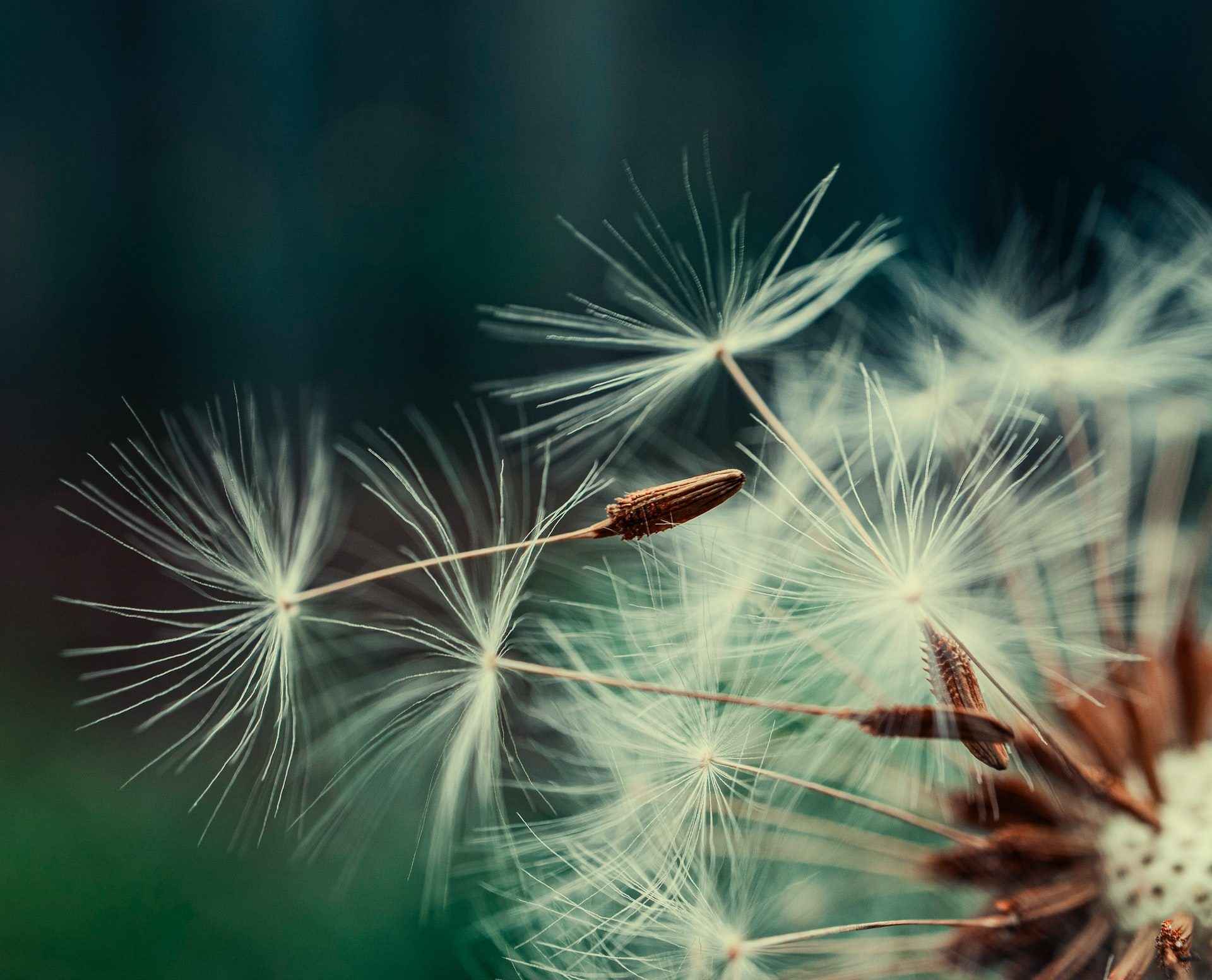
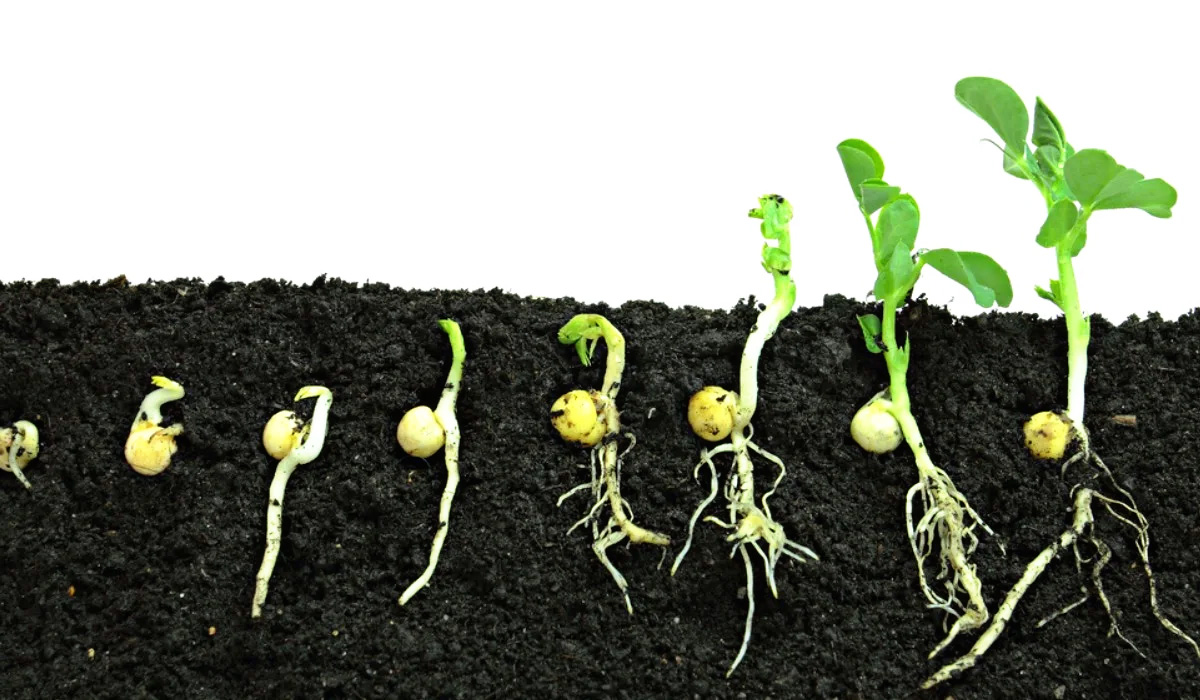
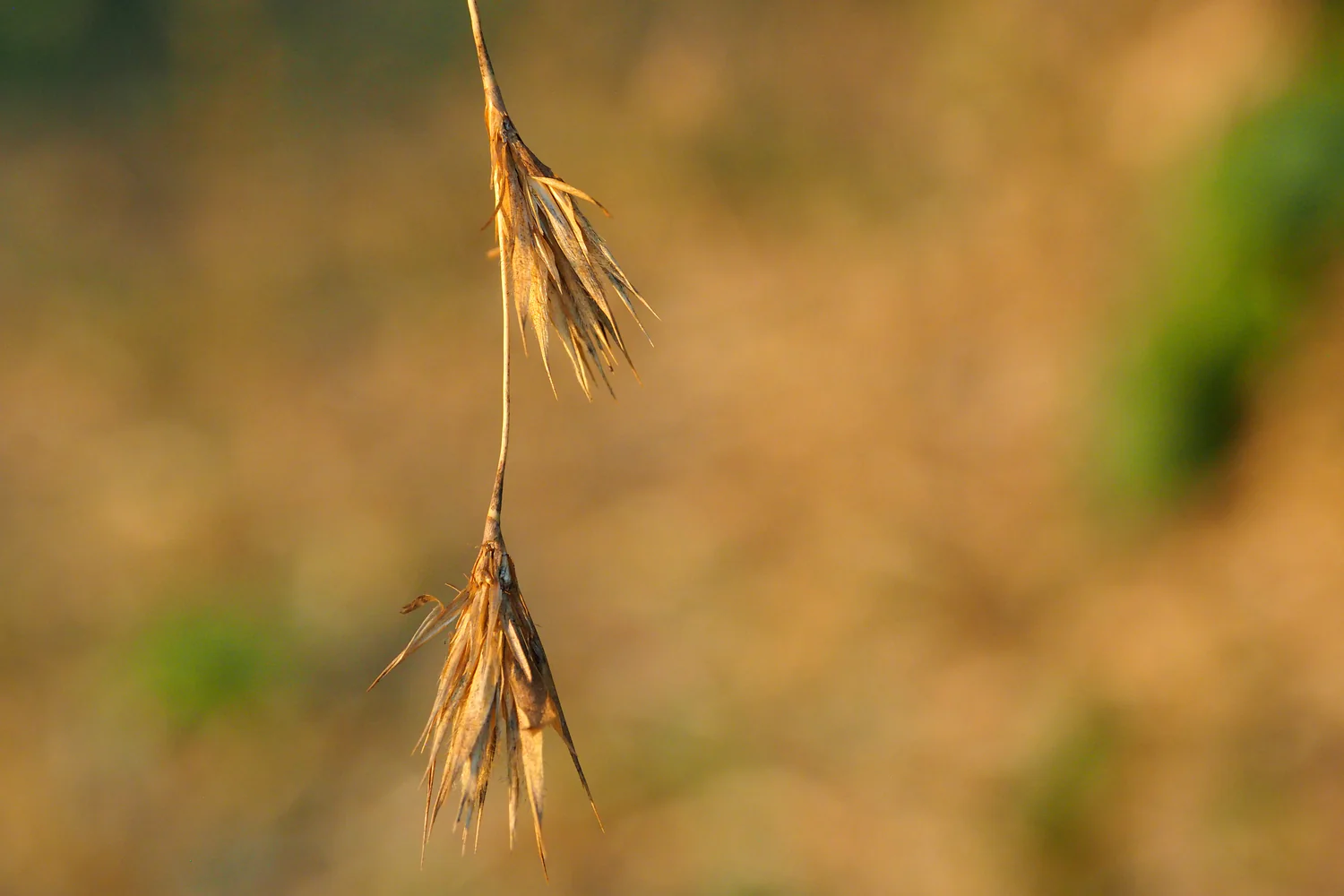
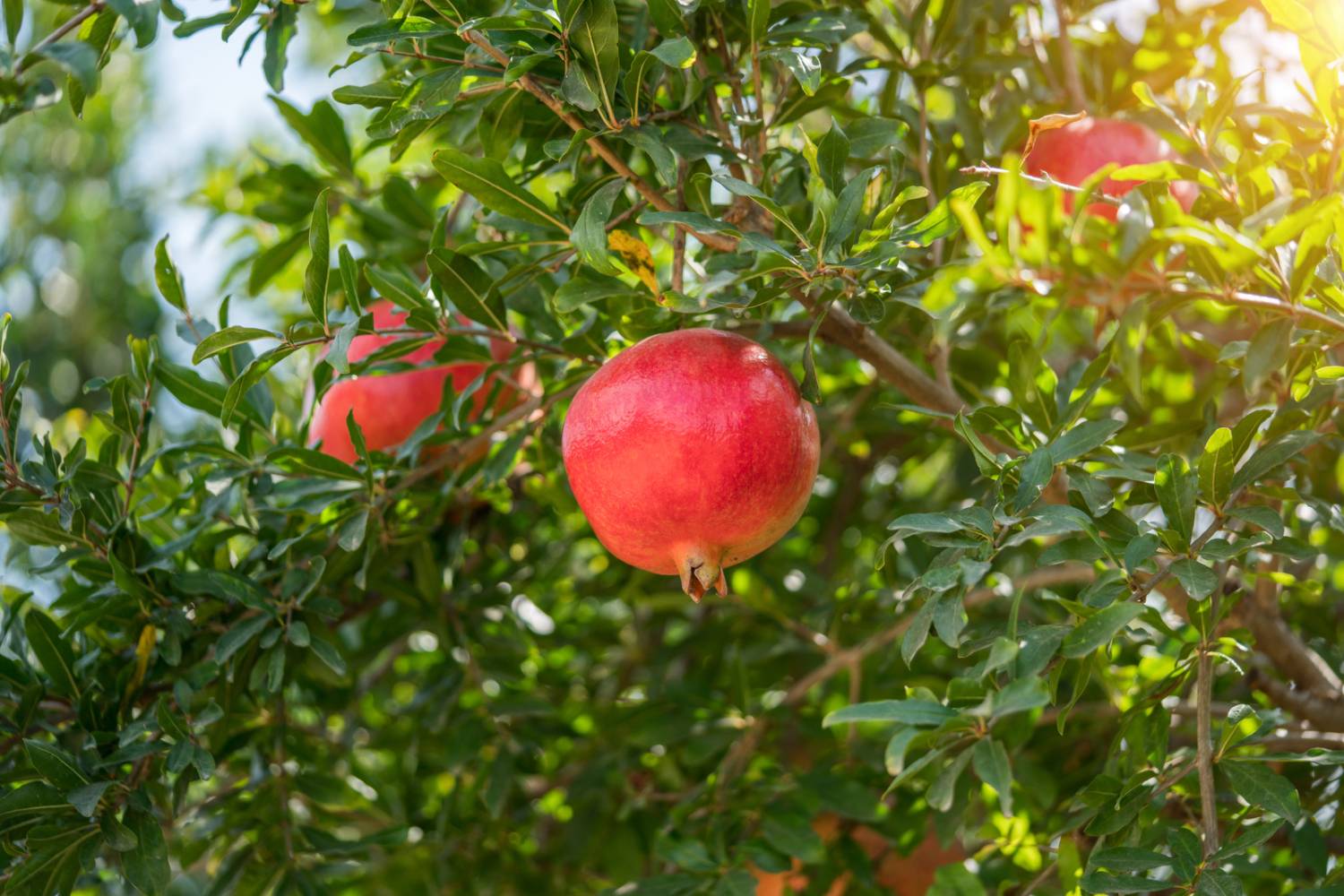
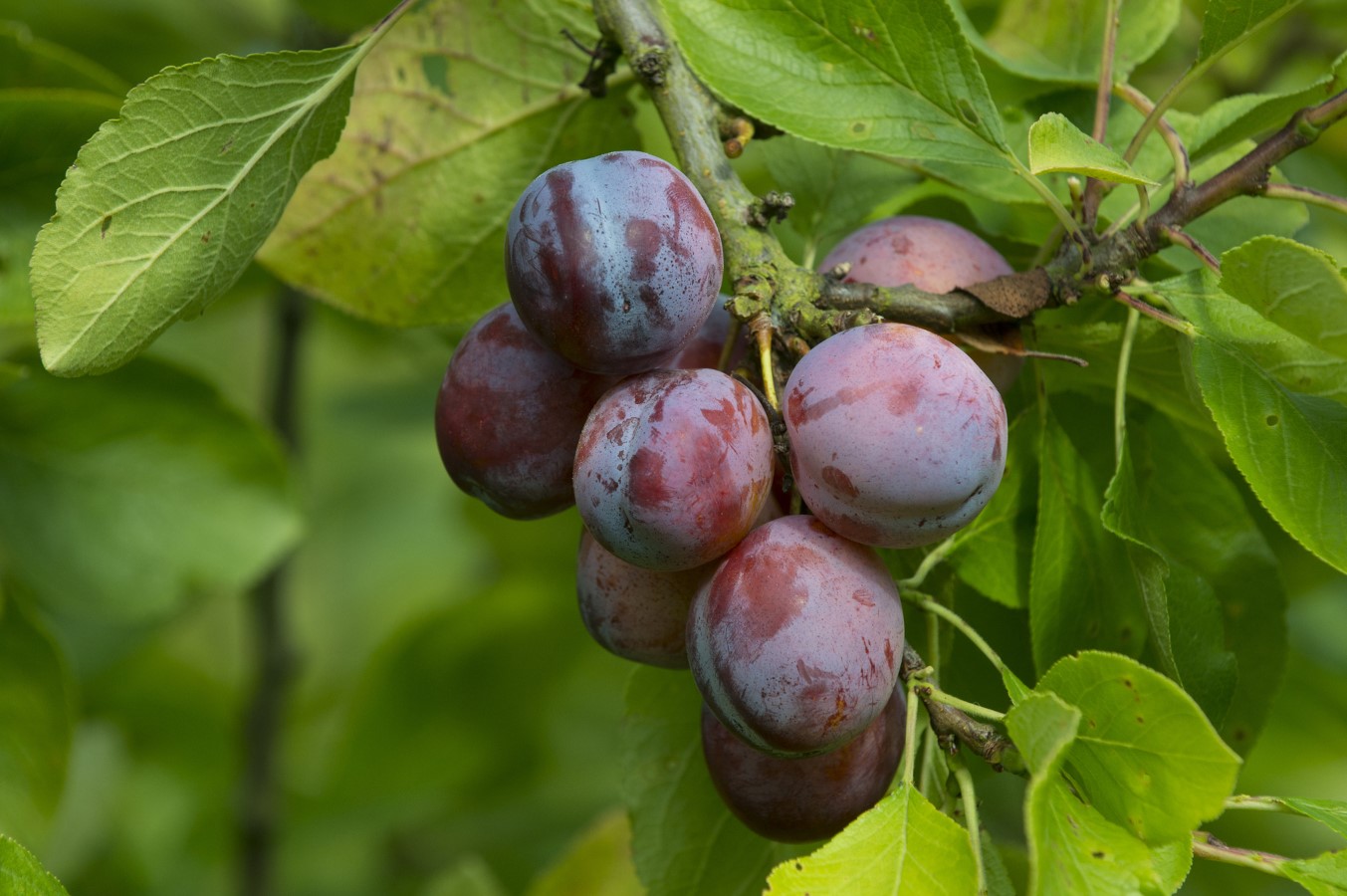
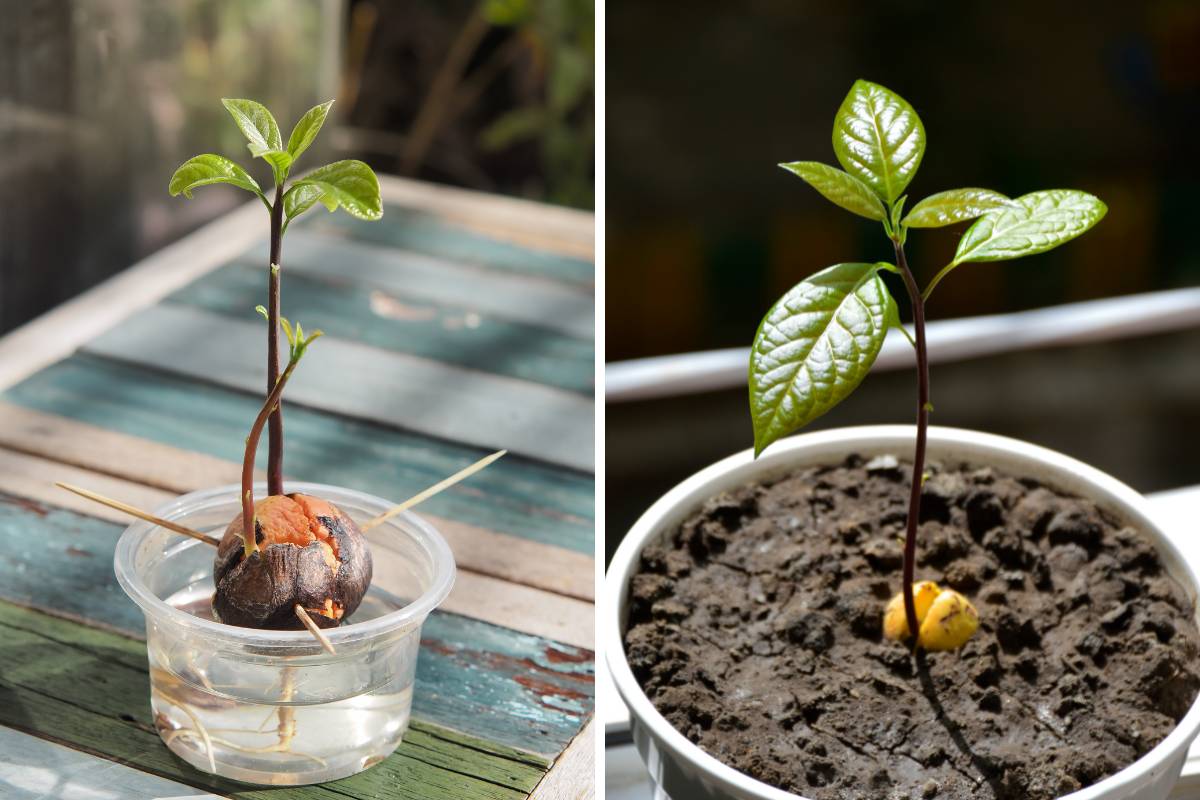
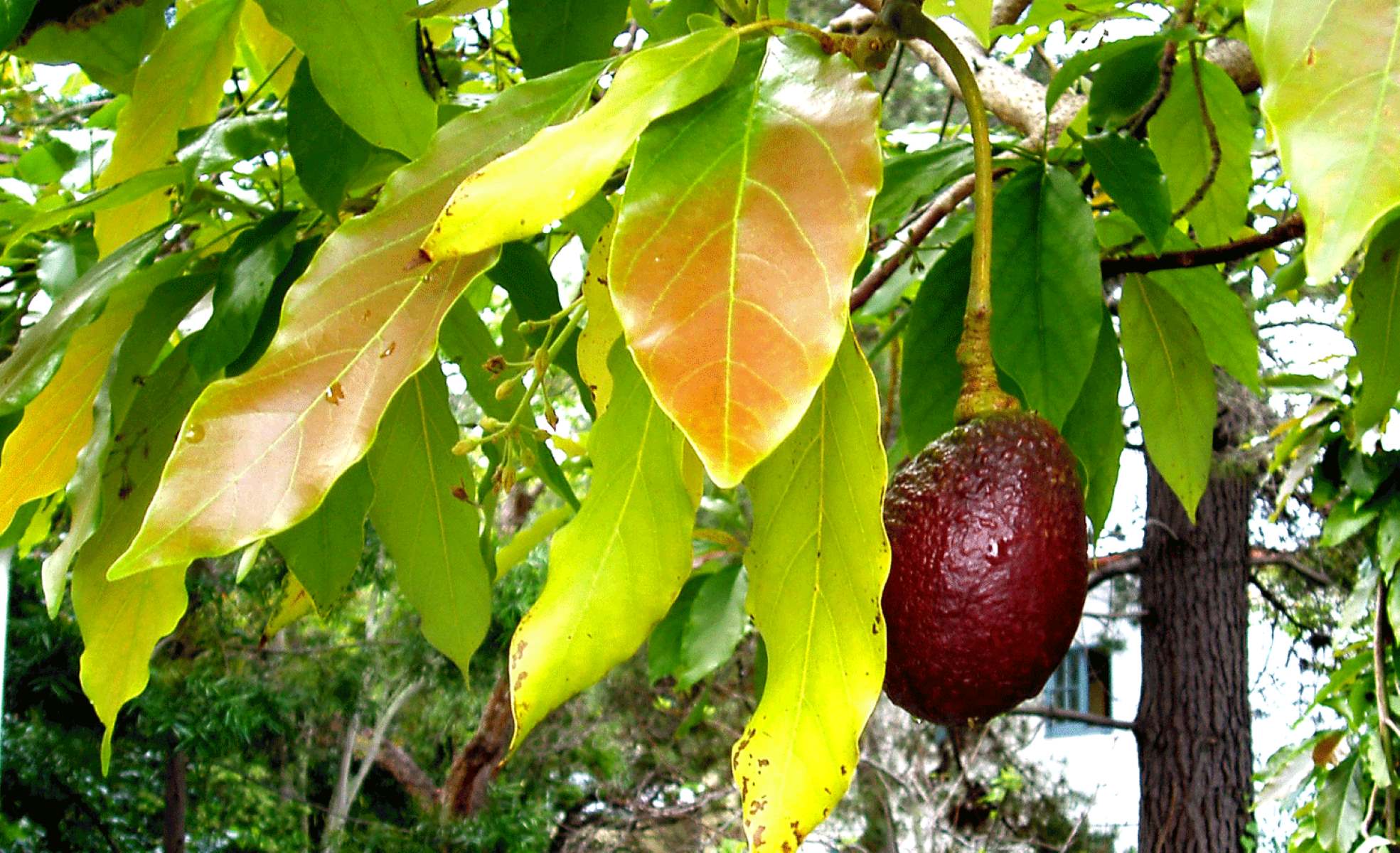
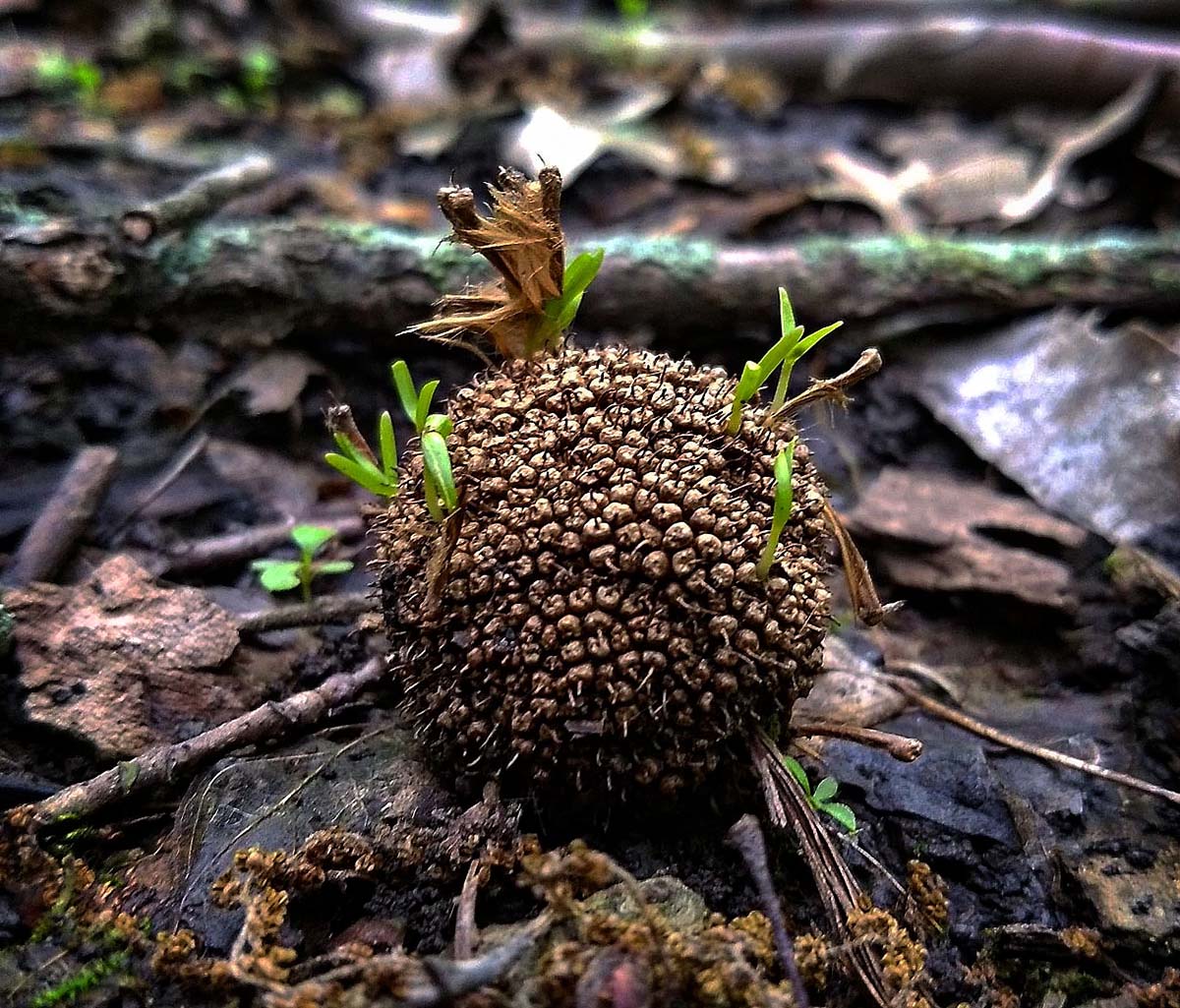

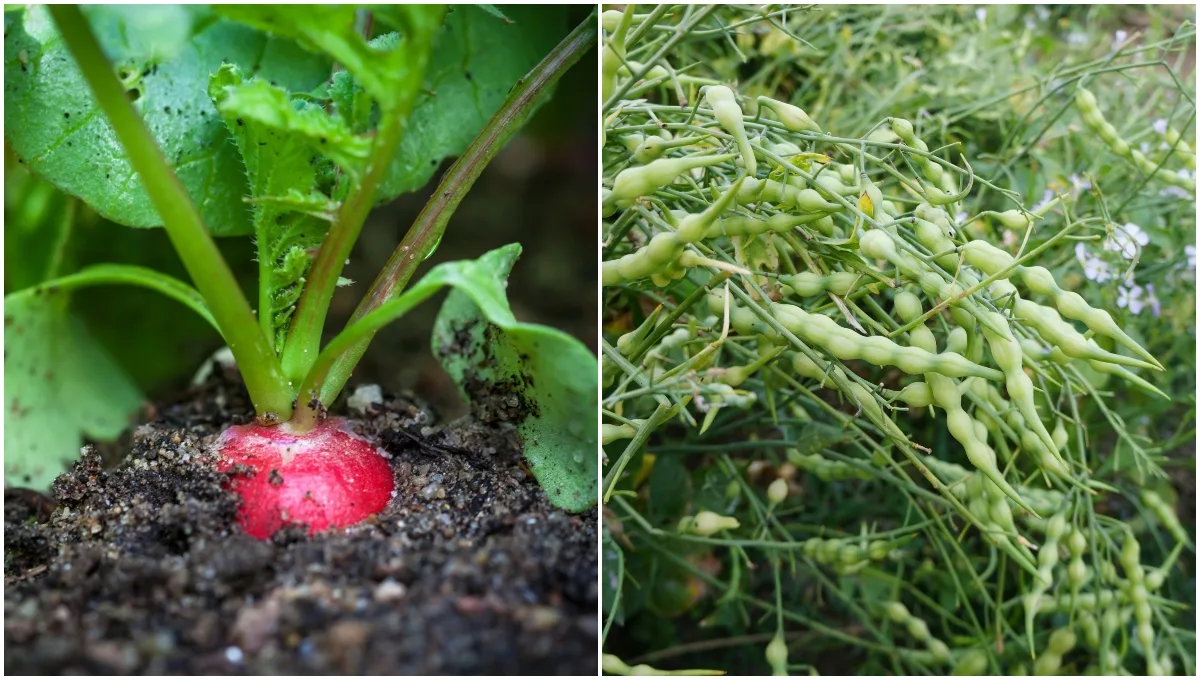
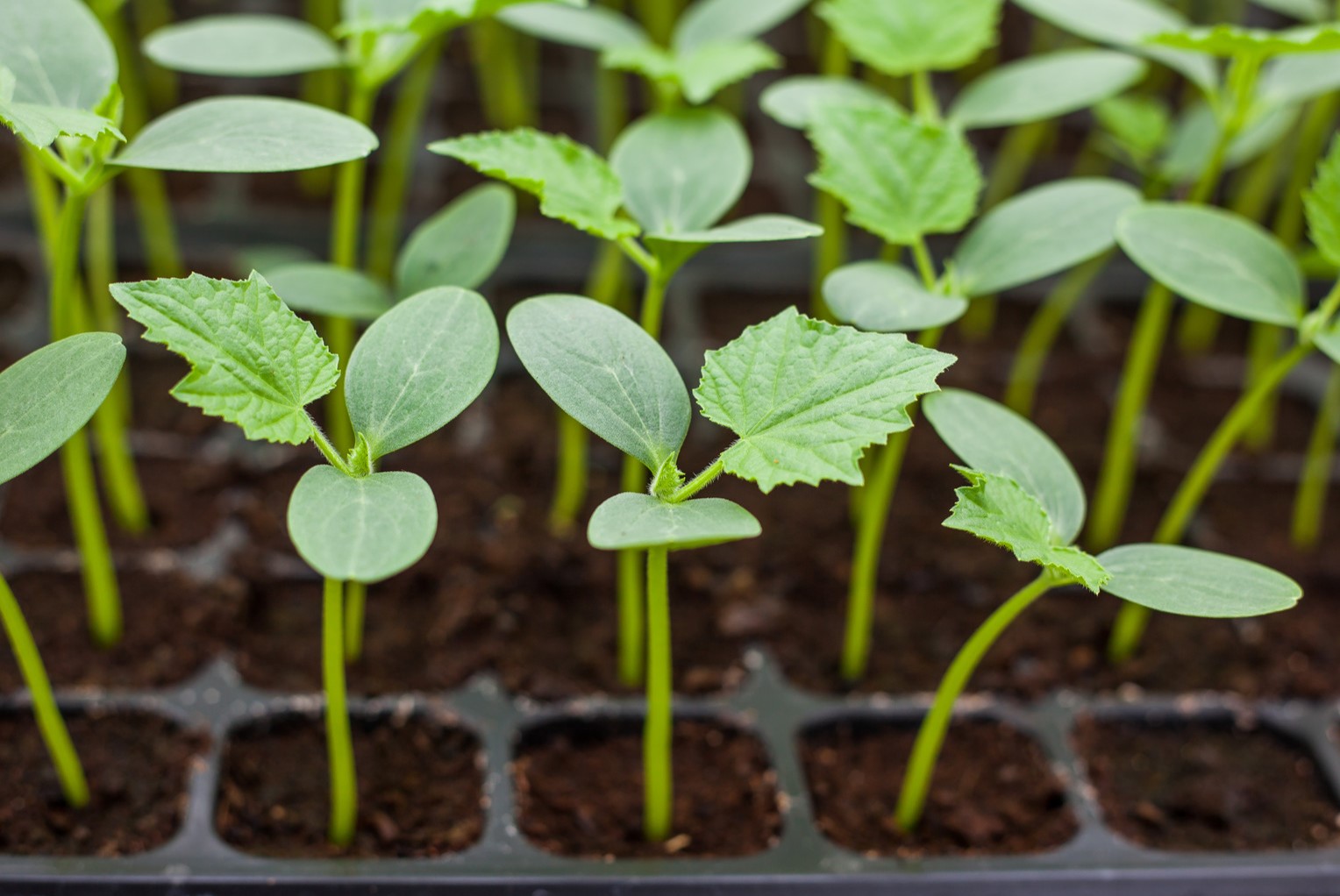
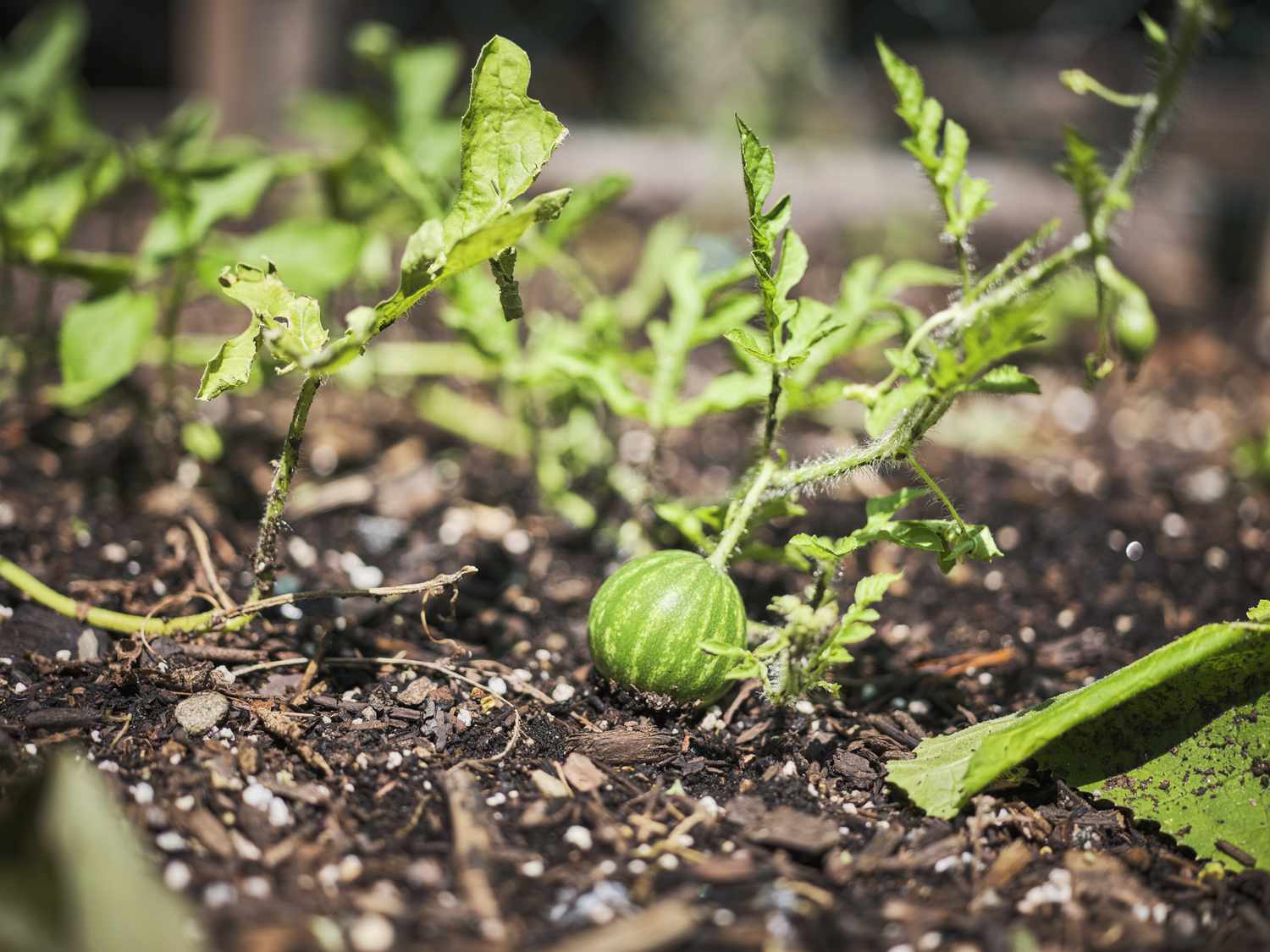
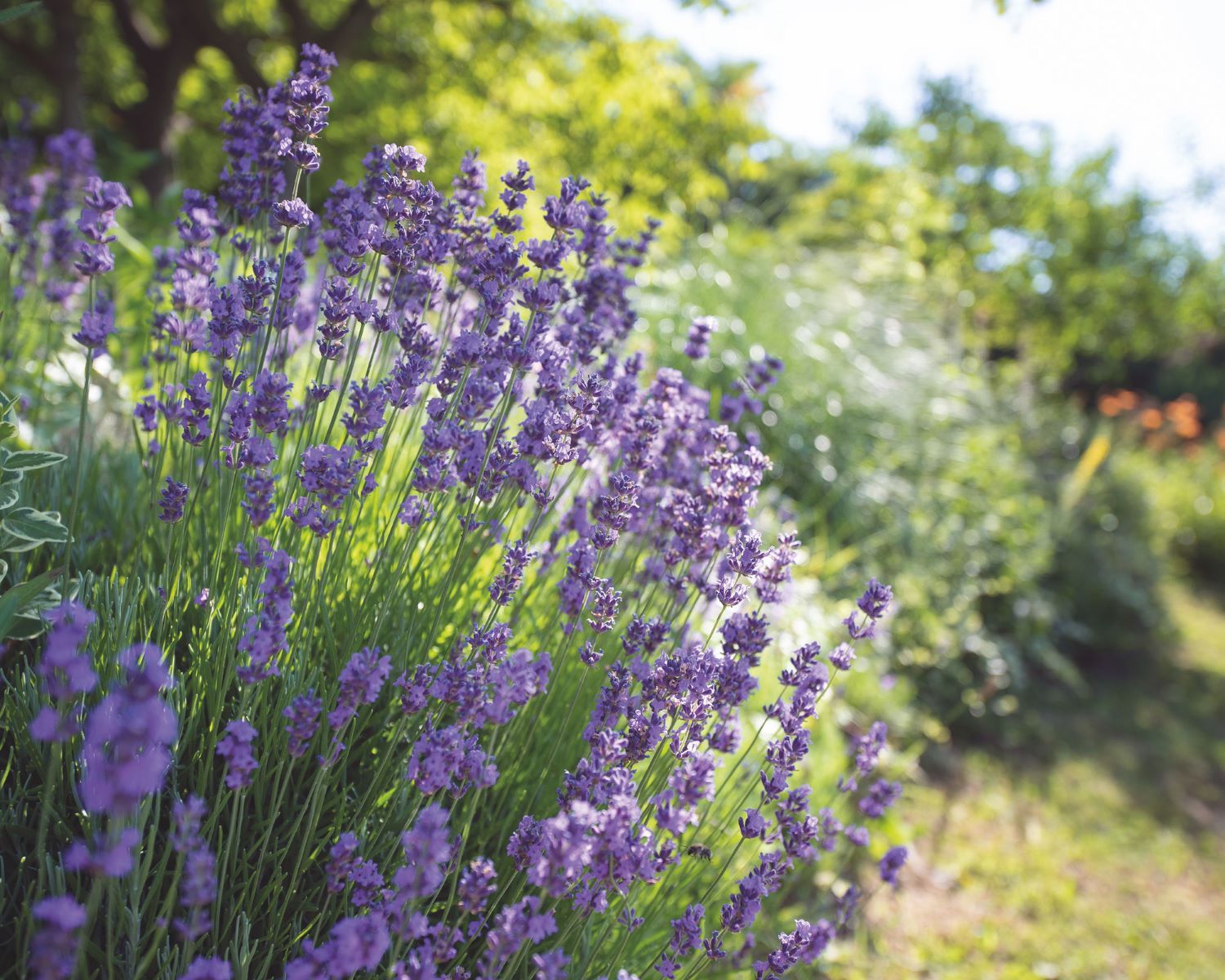
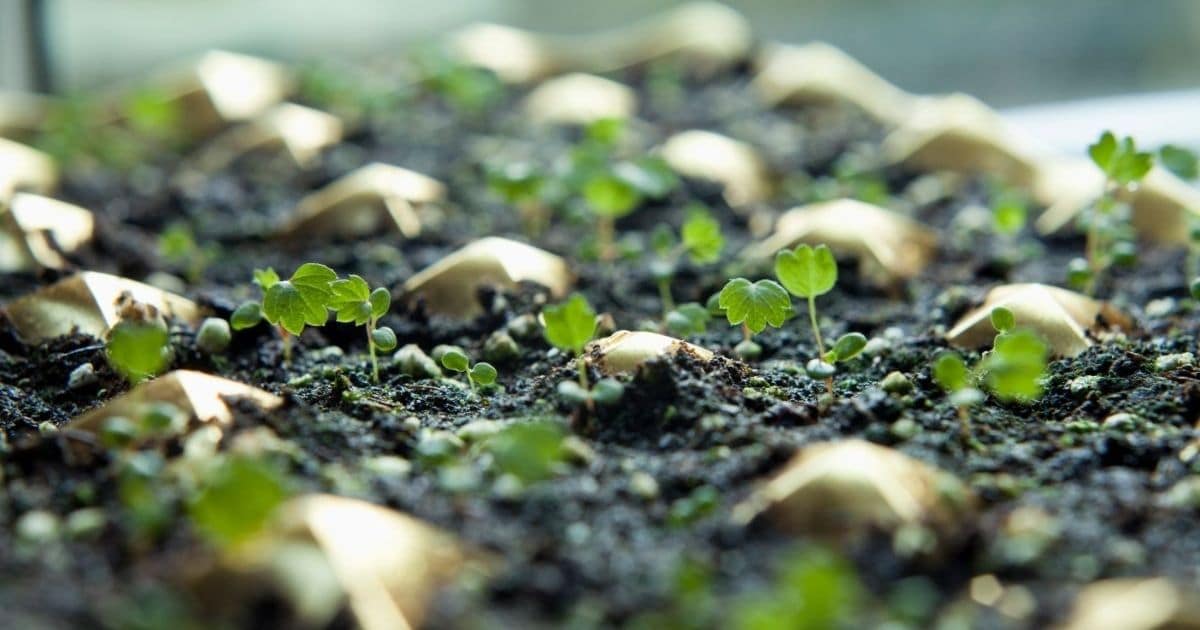

0 thoughts on “How Do Plants Disperse Their Seeds”